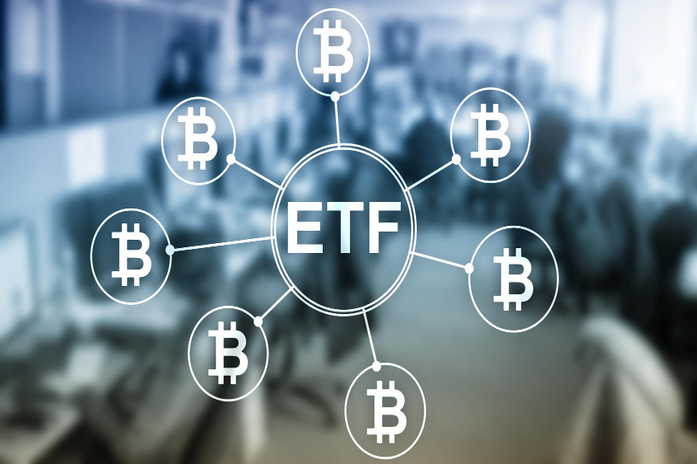Mastercard Launches Crypto Debit Card for Europe

Mastercard (NYSE:MA), a global leader in the payments industry, has partnered with Mercuryo to launch a groundbreaking euro-denominated crypto debit card. This Mastercard crypto debit card enables users to spend their cryptocurrency holdings at more than 100 million merchants across Europe, directly from their self-custodial wallets. As part of Mastercard’s broader strategy to integrate digital assets into everyday commerce, this move marks a significant milestone in the growing adoption of cryptocurrencies.
Bridging Traditional Finance and Cryptocurrency
Mastercard has been a prominent player in international payment services since 1966, operating in over 210 countries and territories. In February 2021, Mastercard officially announced its support for cryptocurrency transactions, highlighting the company’s interest in bridging the gap between traditional finance and digital assets.
According to Christian Rau, Senior Vice President of Crypto at Mastercard, “At Mastercard, we are working closely with partners to innovate and enhance the self-custody wallet experience.” This Mastercard crypto debit card represents the company’s commitment to advancing the use of cryptocurrencies in everyday purchases, while offering users greater control over their digital assets through self-custodial wallets.
Encouraging Everyday Crypto Use
One of the key challenges in the cryptocurrency space has been the “HODL” mentality—where investors hold onto their digital assets, hoping for long-term price appreciation. While this strategy may lead to potential gains, it has hindered the broader use of cryptocurrencies as a medium of exchange.
The launch of the Mastercard crypto debit card aims to shift this mindset by encouraging users to view their cryptocurrencies as viable options for everyday spending. Whether purchasing groceries, dining out, or shopping at retail stores, users can now use their crypto for routine transactions. By enabling this, Mastercard and Mercuryo are transforming cryptocurrencies from speculative assets into functional payment tools.
This shift is crucial for increasing the liquidity of digital assets and reducing the reliance on fiat currencies. As more users engage in crypto transactions, the speculative nature of cryptocurrencies diminishes, stabilizing the ecosystem and driving broader adoption.
Empowering Users with Self-Custody
A key feature of the Mastercard crypto debit card is its focus on self-custodial wallets. Unlike custodial wallets, where a third party holds users’ private keys and manages their funds, self-custodial wallets give users full control over their digital assets. This ensures that users retain ownership of their cryptocurrencies and can manage their private keys, aligning with the core principles of decentralization in blockchain technology.
By eliminating intermediaries, Mastercard and Mercuryo offer users a more secure, private, and direct way to spend their digital assets. This increased level of financial autonomy may attract a more security-conscious audience that values control over their personal funds. The emphasis on self-custody not only boosts security but also reflects the original philosophy behind cryptocurrencies—empowering individuals to manage their assets without relying on centralized entities.
Impact on Crypto Adoption and the Financial Ecosystem
Mastercard’s partnership with Mercuryo is a clear indication that the payments giant views cryptocurrencies as a critical component of the global financial ecosystem. By offering the Mastercard crypto debit card, the company is taking steps to future-proof its services while facilitating the mainstream adoption of digital assets.
The implications of this launch extend beyond Europe. As more consumers use digital assets for everyday purchases, the acceptance and comfort level of both merchants and consumers with cryptocurrency transactions will likely increase. This could lead to an acceleration in cryptocurrency adoption globally, with innovations across industries as digital currencies become more integrated into the payment landscape.
The Mastercard crypto debit card is not just a technological advancement—it’s a pivotal moment for cryptocurrency adoption. By normalizing crypto transactions for everyday use, Mastercard is helping reshape the public perception of digital currencies from niche investments to practical, mainstream financial tools.
Conclusion
The launch of the Mastercard crypto debit card marks a significant step in the evolution of the global financial system. By allowing users to spend their cryptocurrency at millions of European merchants directly from self-custodial wallets, Mastercard is bridging the gap between digital assets and traditional finance. This initiative is a testament to the growing acceptance of cryptocurrencies as a legitimate form of payment, and it could be a driving force behind the mass adoption of crypto on a global scale.
Featured Image: Pixabay © Michal Jarmoluk



